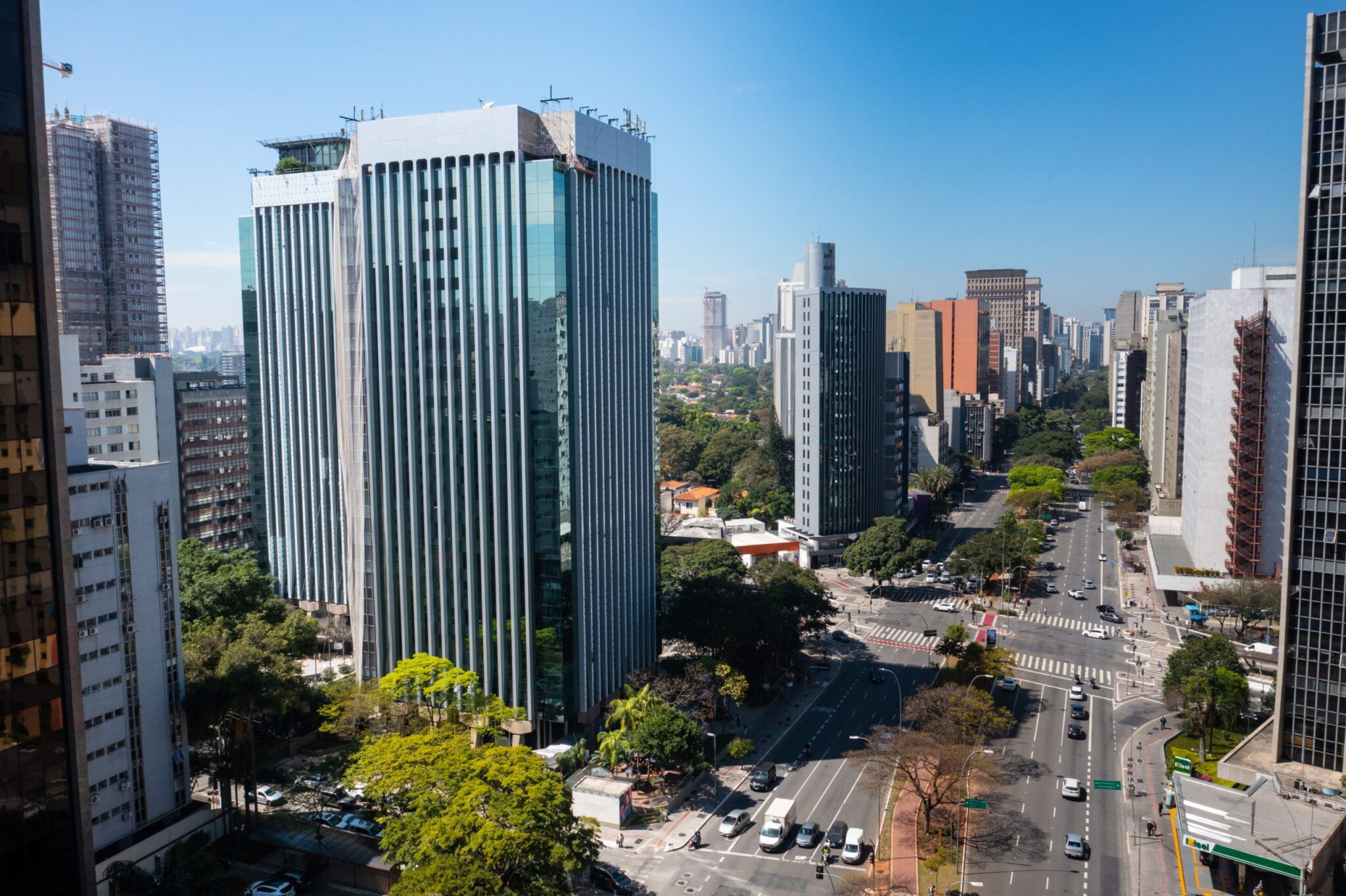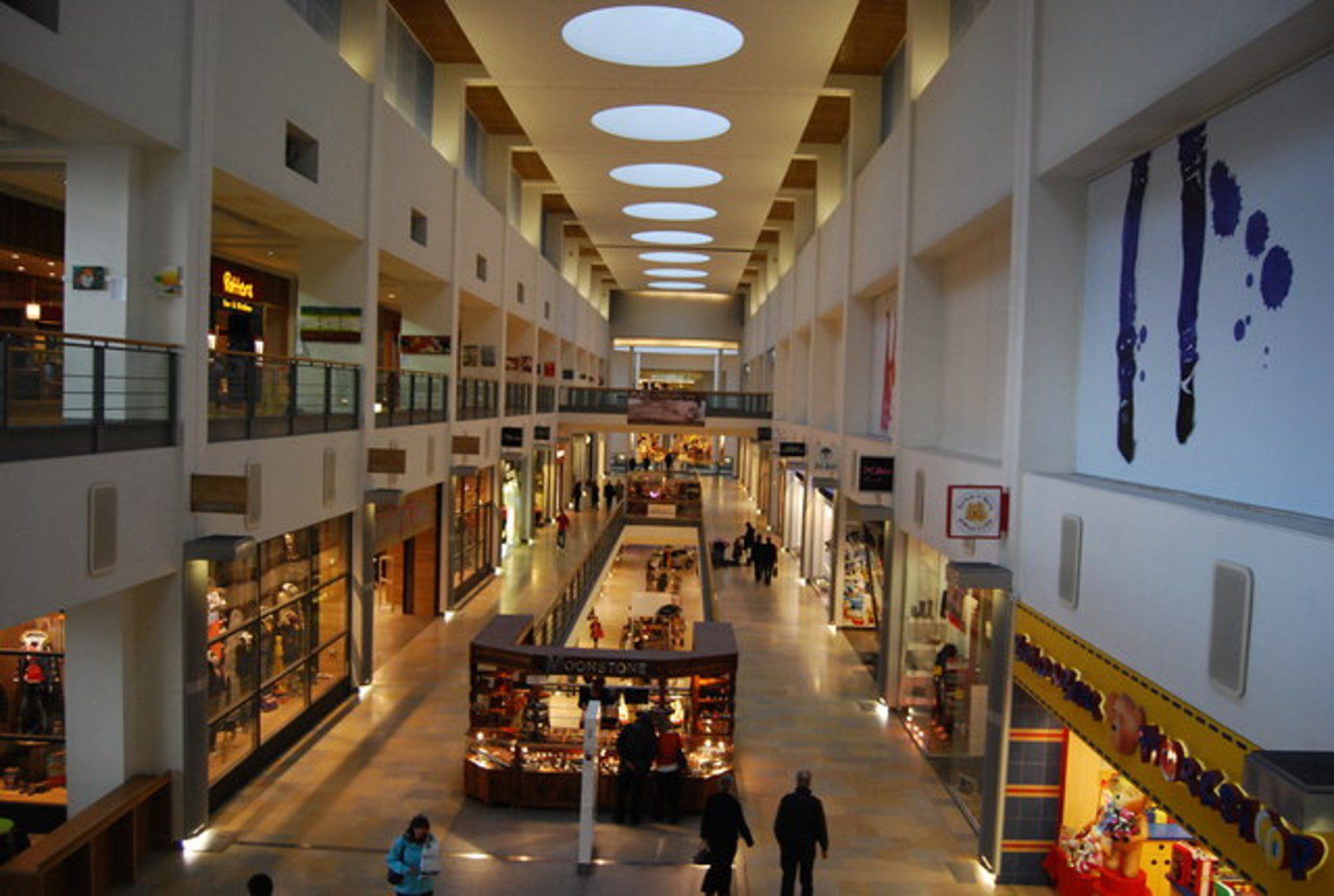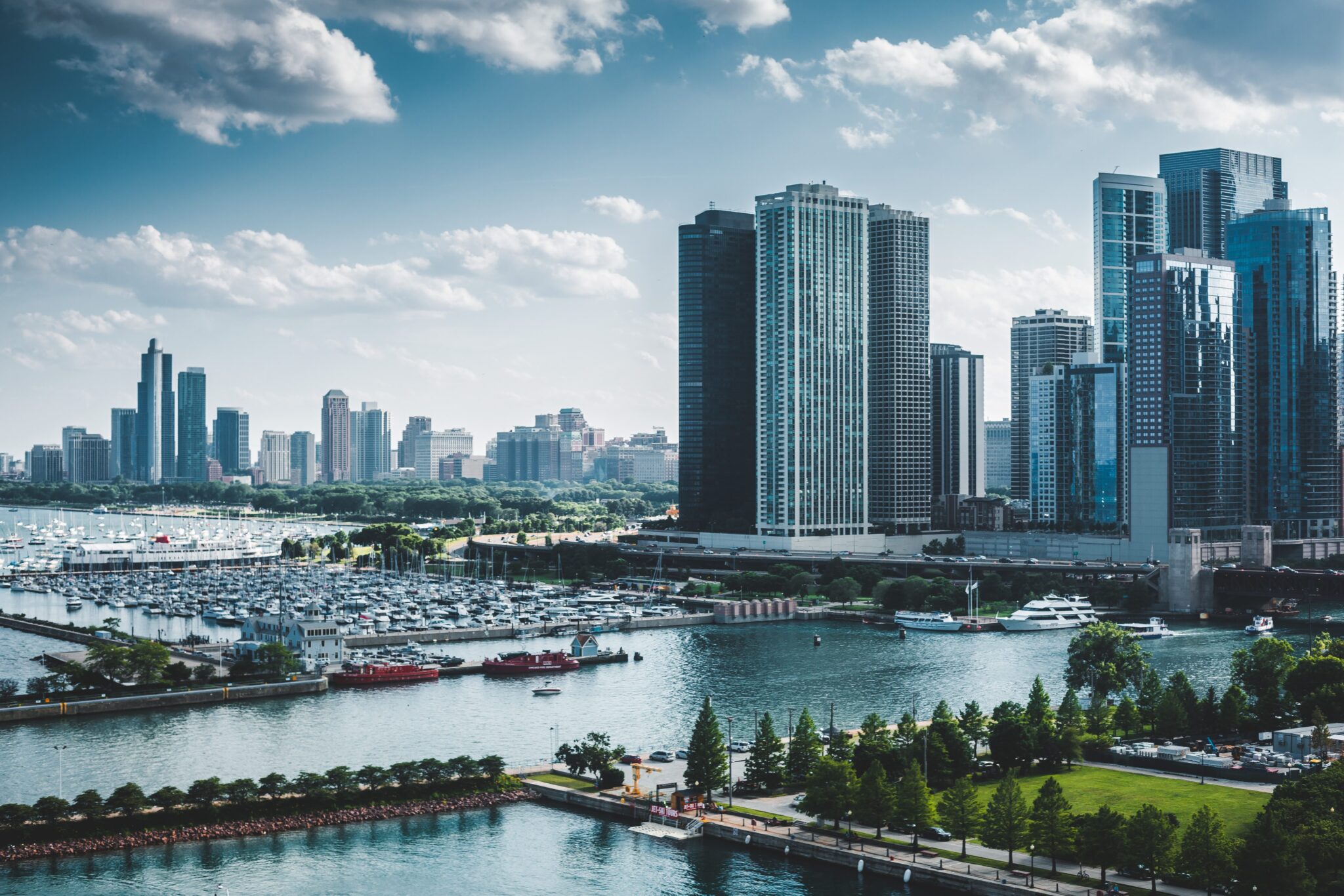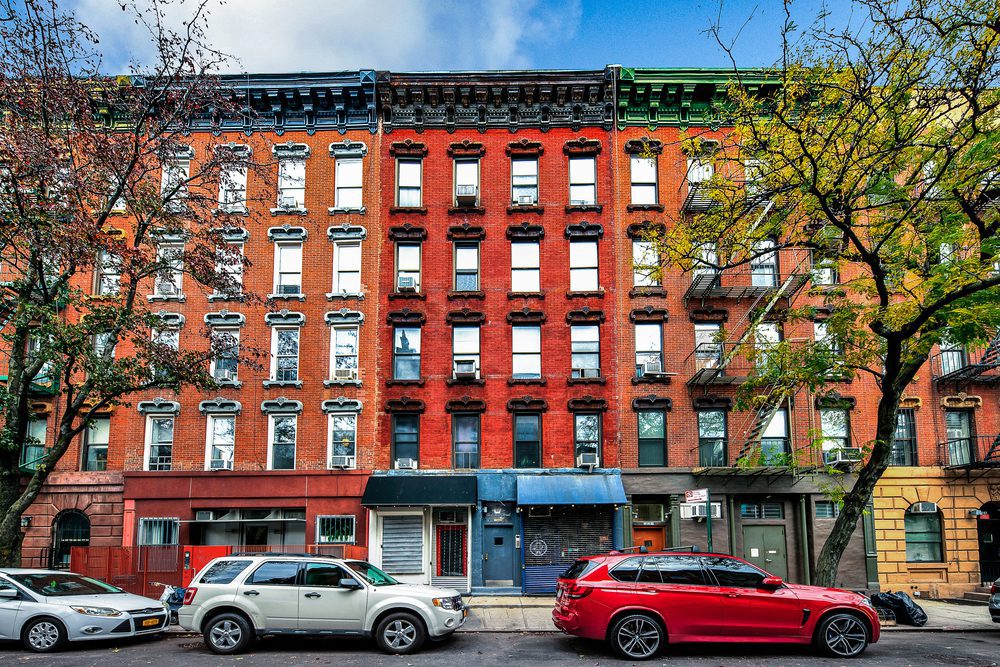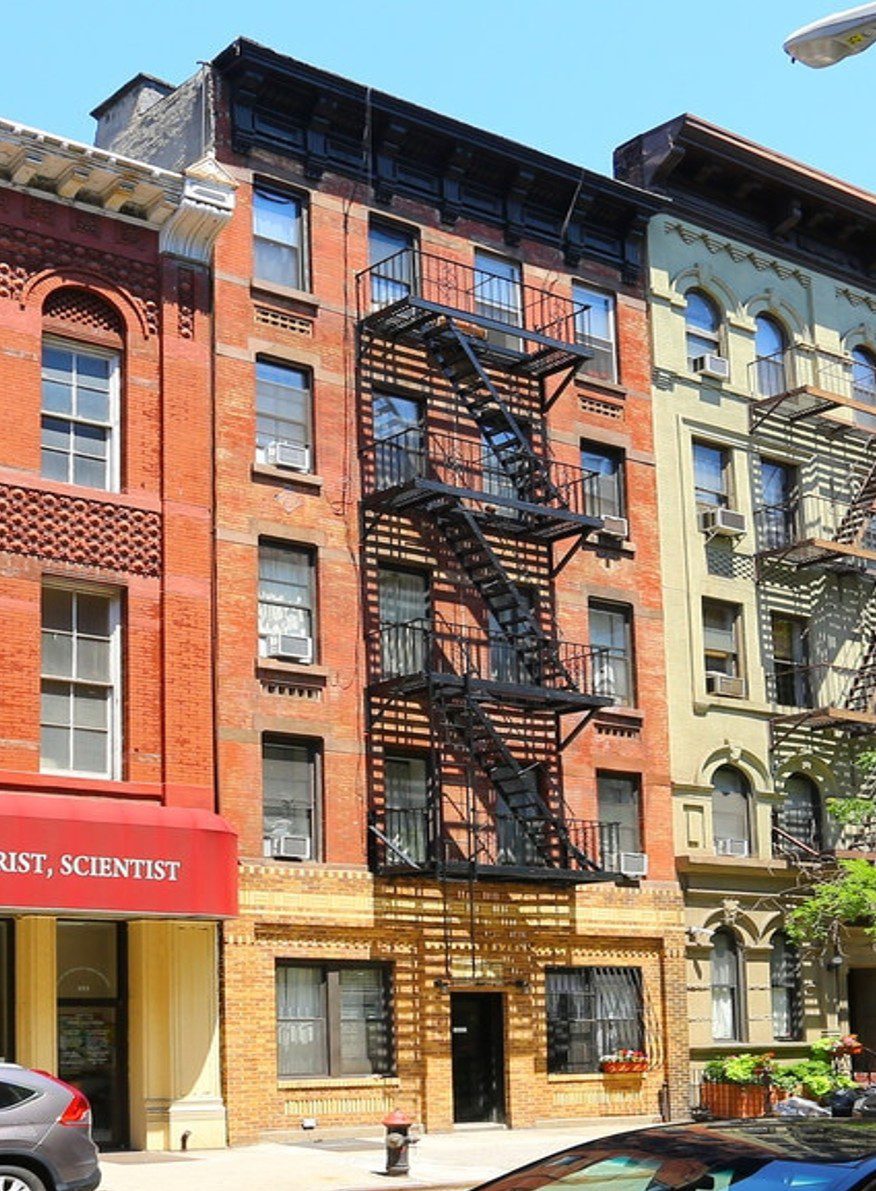Where did we come from, where are we and where are we going?"
These are probably some of the questions asked by mankind since its existence. We are not far from us, we dare to enter into this philosophical debate, we have to ZERO in the property to do so. However, we are able to bring you the same questions again and again from the perspective of the brazilian real estate industry, namely the residential, and try to address them in a few lines.
Where did we come from? We must have a starting point. About 10 years ago, it seems to explain where we have come and where we need to go. In 2007, more precisely, to experience the real “boom” of the stock market. Some of the 20 companies that own the real estate sector, have opened up their capital in T3, in the pursuit of growth is gaining ground, launch, build, and sell, and so on.
Between 2007 and 2013, and in spite of the difficulties they faced with the crisis of 2008, the real estate industry has experienced a boom in prices, driven by product launches and sales on the rise, which they hit records behind of the record. Between us, a lot of people, and the company made money that day. It turns out that things are starting to spin,” in 2011, and the releases have slowed down with age – came up with the famous “burst-of-work.”
The thing is “turned sour” in earnest in 2014. With all the new levels were low, and the stock market, real estate is not kept up – notably, the stock is ready, which may have low liquidity since the sale to require up to 30% of the input, and if it was in between the two-to three-fold above the level of a healthy 12-month-of-sale, in accordance with the relative.
In other words, the real estate market was going through a real downward spiral, where net sales were falling, and the distratos came up, and the stock is ready, started to gain a lot of representation in the balance sheet as of the latest thing that consumes capital, plus the expenses of the PROPERTY, common areas and maintenance). The deterioration in the real estate market took place at the same time as the dip of the country's most recession: increasing interest rates, unemployment, the rise, the purchasing power of falling short, of all the factors that have resulted in a fall in the GDP. All of it added to the fall in the real price of real estate in the following years, in the heights in excess of 20%; there was a destruction of the value of the scale for both the buyer of the property, as well as for the all-inclusive.
The depletion of the industry has started to block in the fall of 2017 to now, when the Central Bank began cutting the rate of Interest in the top level of the 14,25% in the year to the current level. Along with the decrease of the interest came from the capture positive net savings, just to give you an idea, between 2015 and 2016, there have been withdrawals of$ 100 billion, and a new government center was in the country at that time, even though in a number of challenges.
Where are you? Before we go into 2019, we will portray in the year 2018, the year when the real estate market out of the bottom of the well. The Interest in the lower level of the historic (6.5% per year), the banks have finally started to cuts in the interest rate of the mortgage – such is the significance of the interest rates on these loans, the 1% cut-off, the purchasing power of the consumer increases by 8% and the per capita income started to grow, albeit at levels much lower. This resulted in an environment in which sales exceeded the launch and inventory in the industry has finally flirted with the level of healthy.
In spite of all these factors, the real estate sector, with the exception of the low-income, you don't win consistently. The strike of the truck drivers walked away from the consumer in the center for sale, and the uncertainty of the election left you, the investors, and developers in a state of panic. However, at the end of the year, was a great relief, at least momentarily, with the election of president Jair, jair bolsonaro away from the great fear of being left again to take over the country.
Among the first measures announced by the new president, and then came the fight to the enemy, the “number 1” of the industry, which further generate employment in the country, approved the “law of the distrato”. This is new, and create a rule to the game, allowing for players in the market, if you plan for the best, it also significantly reduces the amount of the outlay on the part of the developers to the buyer when the distrato.
Finally, the industry is in a year (2019) on the right foot! All sales are growing at double-digit in the release is coming up soon, and the prices have stopped falling and it's already showing signs of real improvement, and the stock is, in short, it is still healthy to eat.
So, where are we going?" The prognosis is quite favorable, but that doesn't mean that you don't this will be in the shot, too, and pumps. We all know that the pension reform is an inevitable and urgent; need for urgent adoption. Starting from the premise that it will be approved, and we can see the falling of interest, particularly the interest of the mortgage banks are going to be more of “courage,” to borrow the money, this is the real one.
The country is growing, unemployment is falling, and the income increase in real estate prices will go up, and it will be observed, also, by a mismatch between supply and demand. Over the past 5 years, the level of release was very low, and this has created a “tooth” for the new stock and ready to 2022 (just a delivery in the next few years, or, in other words). Of course, as the stock is ready, already at relatively low levels (in the saint Paul, approximately 20% of the total), the tendency is for this to fall further and drive the price of real estate in the plant. Is worth mentioning that the quality of a large part of the stock-ready is a bad-apartment studios in the neighborhoods to the family, for example).
We are optimistic about the real estate market-residential, especially the middle-and high-income segment, this is what suffered the most from the economic crisis in the country. In the segment of low-income, following the good performance of the demand is higher than supply). The dilemma of this thread is whether or not funding (source of funds) of the FTGS, and what is the cost for years to come.
See you soon!

